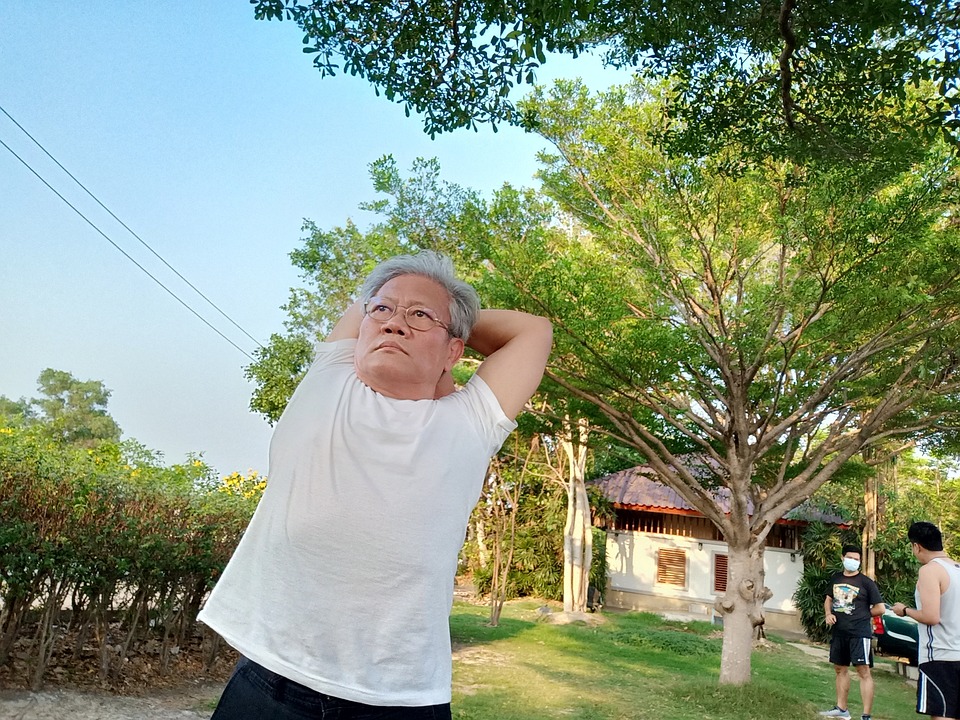Exercising in cold weather can feel challenging, but it offers surprising benefits for those willing to brave the chill.
Extreme endurance athletes like Sean Conway swear by ice baths to reset their resilience, noting how cold conditions can feel “warm” in comparison.
But for most of us, simply venturing outdoors in freezing temperatures requires more preparation.
Why does exercising in the cold feel tougher? It’s mainly due to how cold temperatures affect your body.
According to the British Association of Sport and Exercise Sciences, cooling of the muscles and nerves can reduce the oxygen supply to muscles, impairing performance.
As Dr. Michael Kennedy explains, the human body generates heat, but sweating can complicate things, leading to wet skin that increases the risk of hypothermia.
The key to overcoming these challenges is layering. Wearing multiple thin garments allows you to adjust as you heat up or cool down. Looser-fitting clothing traps air pockets that act as insulation, and breathable, wind-resistant fabrics are essential.

For activities like cycling, where wind-chill can make temperatures feel much colder, a base layer of polyester or merino wool helps wick away sweat, keeping you dry.
Warming up indoors before heading out is also crucial.
As Mike Tipton, a professor of human physiology, explains, cold temperatures can restrict blood flow to your extremities, so you need to stimulate circulation before you start exercising.
Simple movements like stepping up and down a staircase for a few minutes can help get the blood flowing.
Another benefit of cold-weather exercise is the impact on metabolism.
Research shows that training in temperatures around 0°C can increase fat oxidation significantly compared to working out in warmer conditions.
Over time, your body becomes more adept at generating heat, and you adapt to the cold, which makes it feel less intense as winter progresses.
Ultimately, while cold weather exercise might seem daunting, with the right preparation, it can enhance both physical and mental resilience.
Whether it’s building brown fat for improved thermoregulation or boosting fat-burning capabilities, the chill could be just what your body needs to power through the winter.

